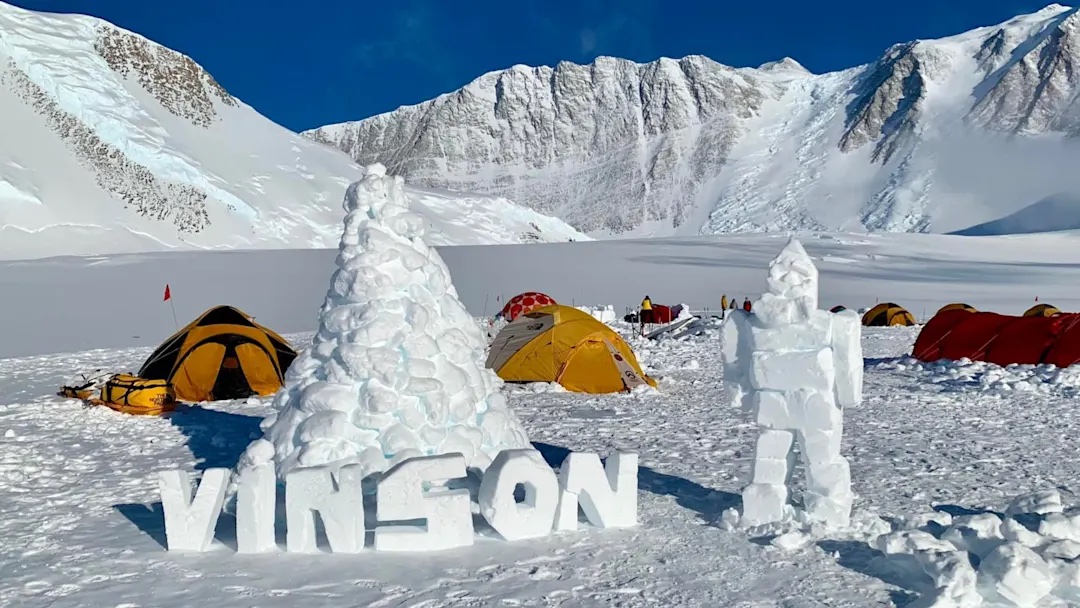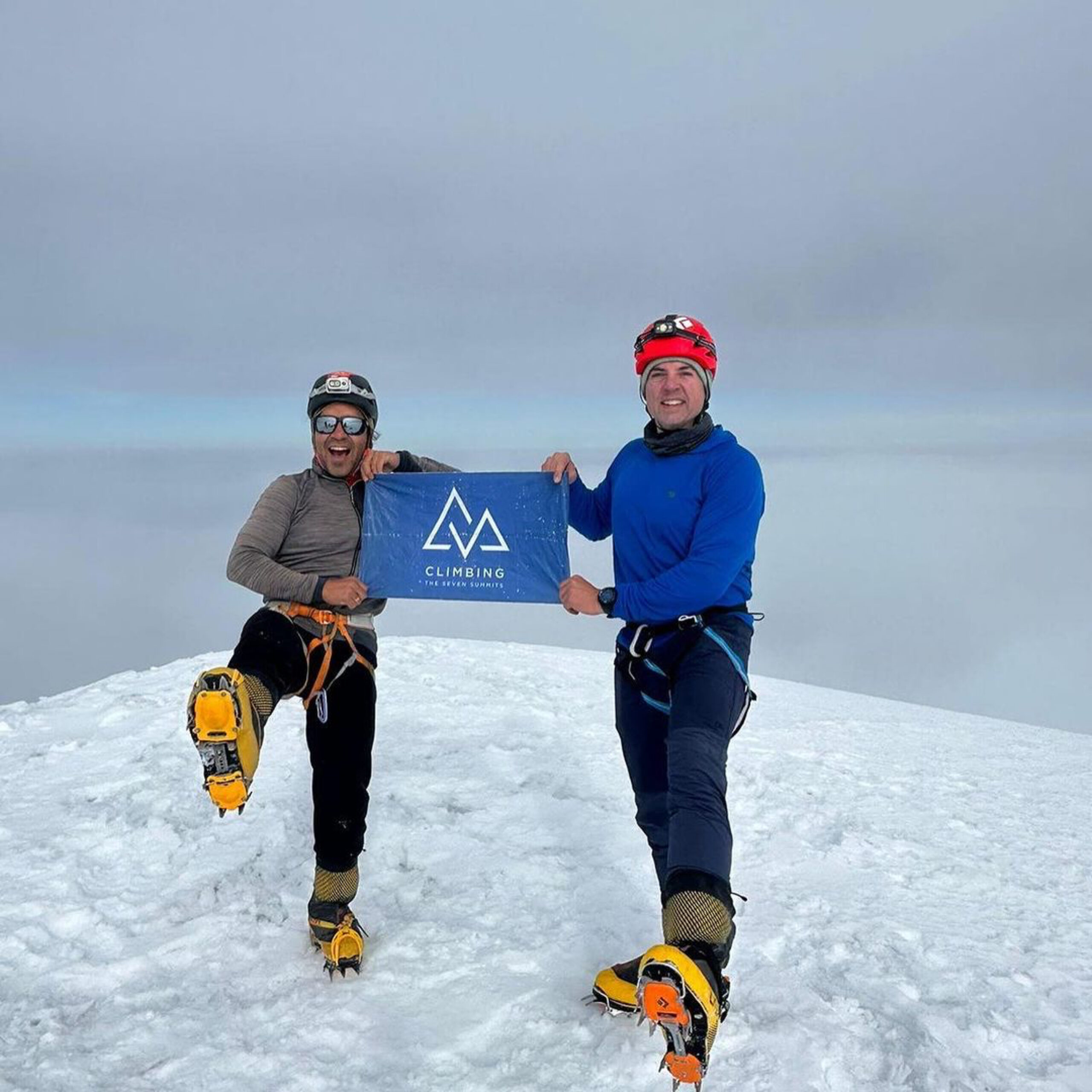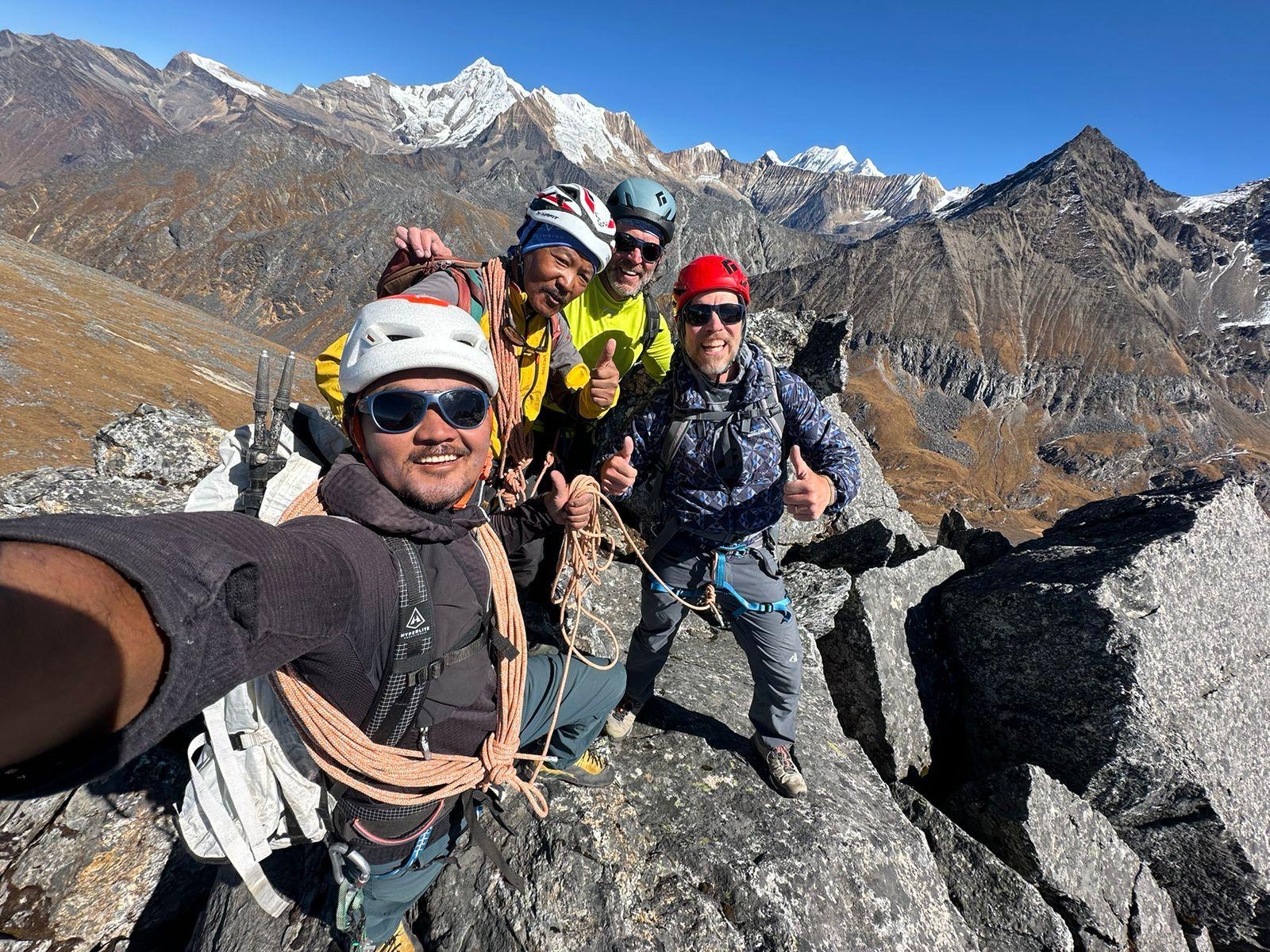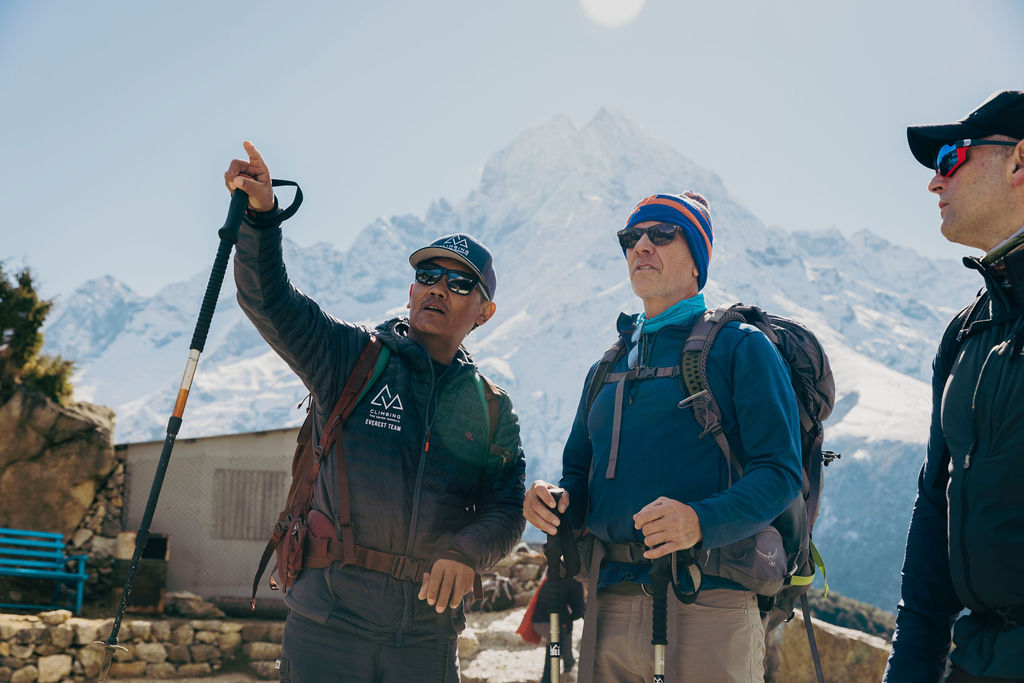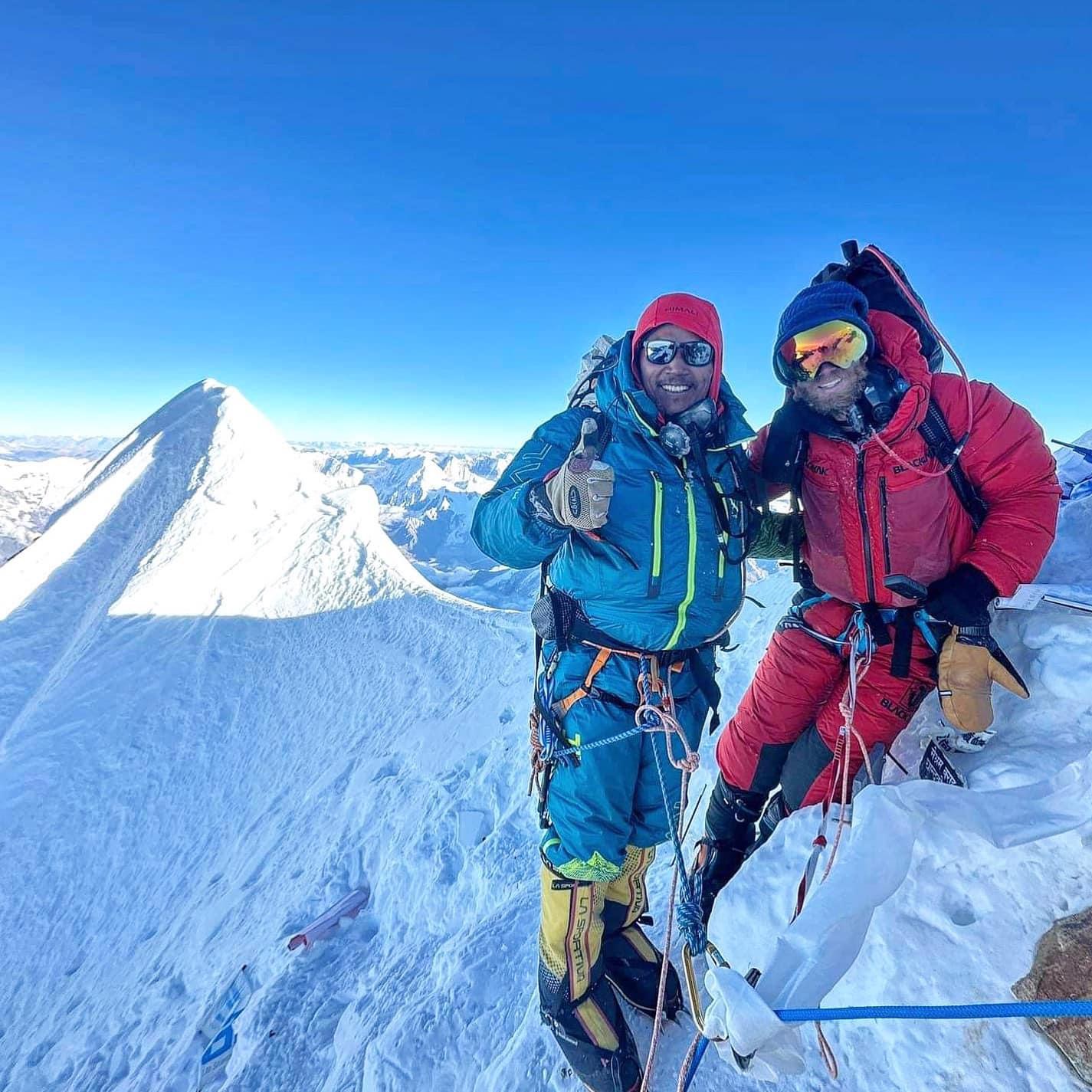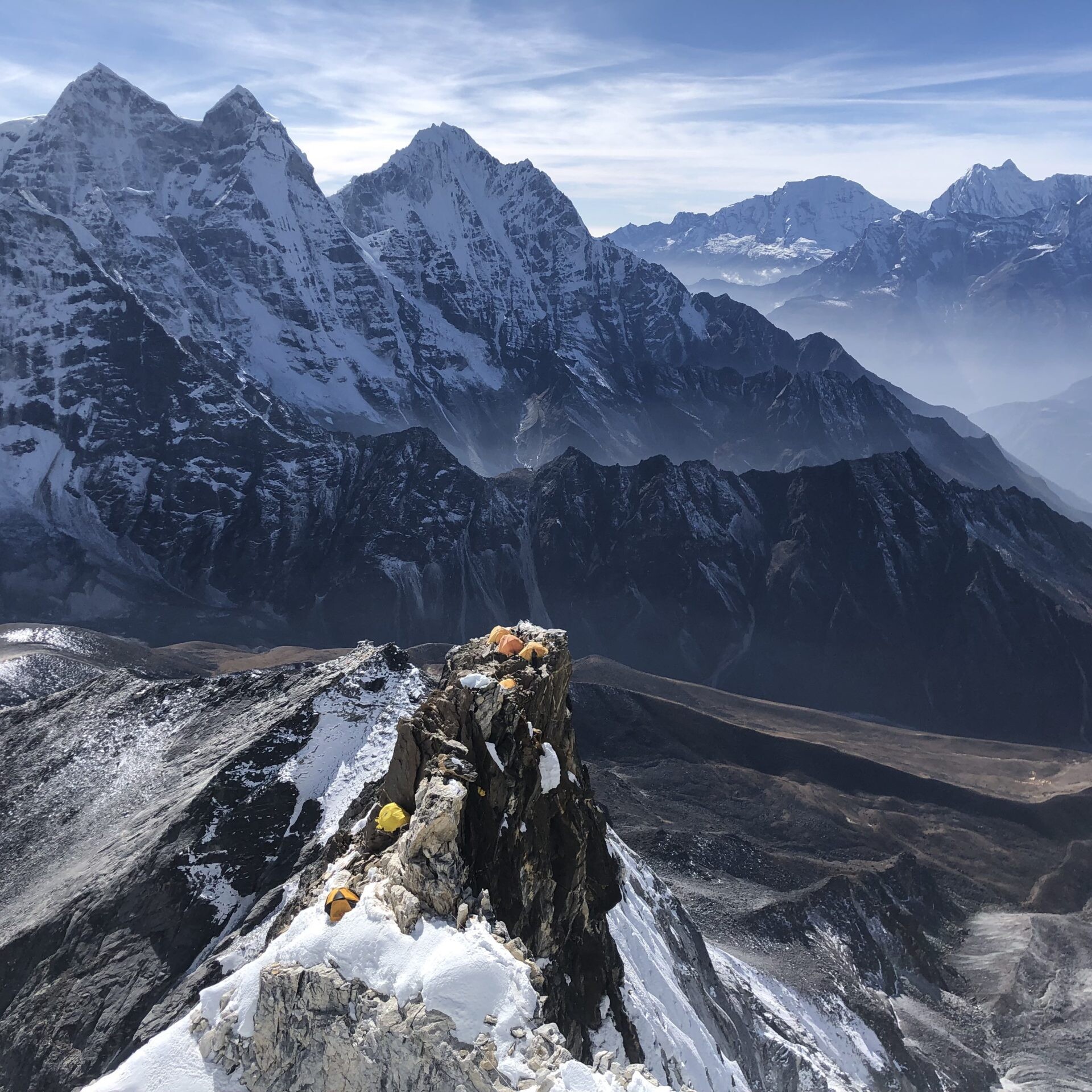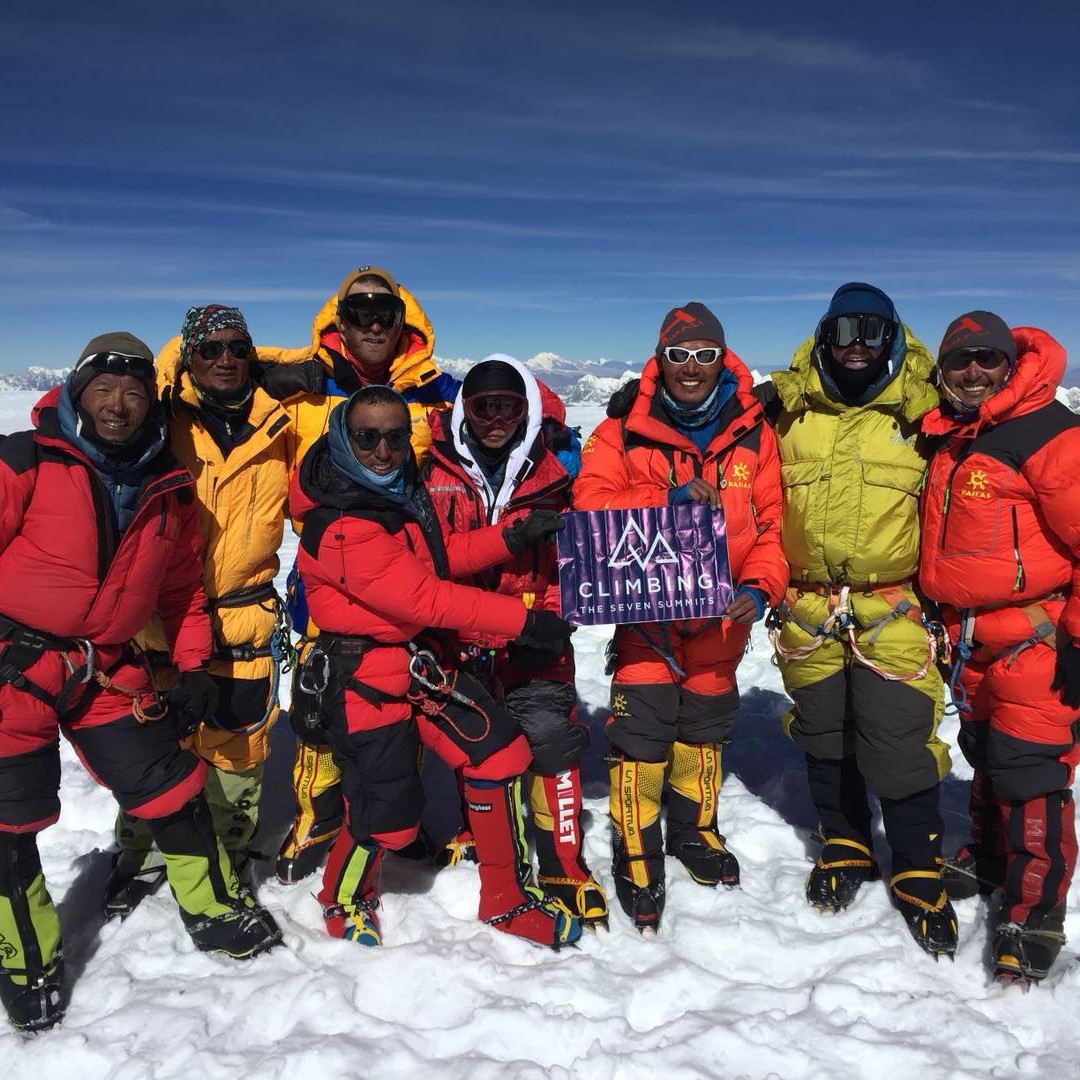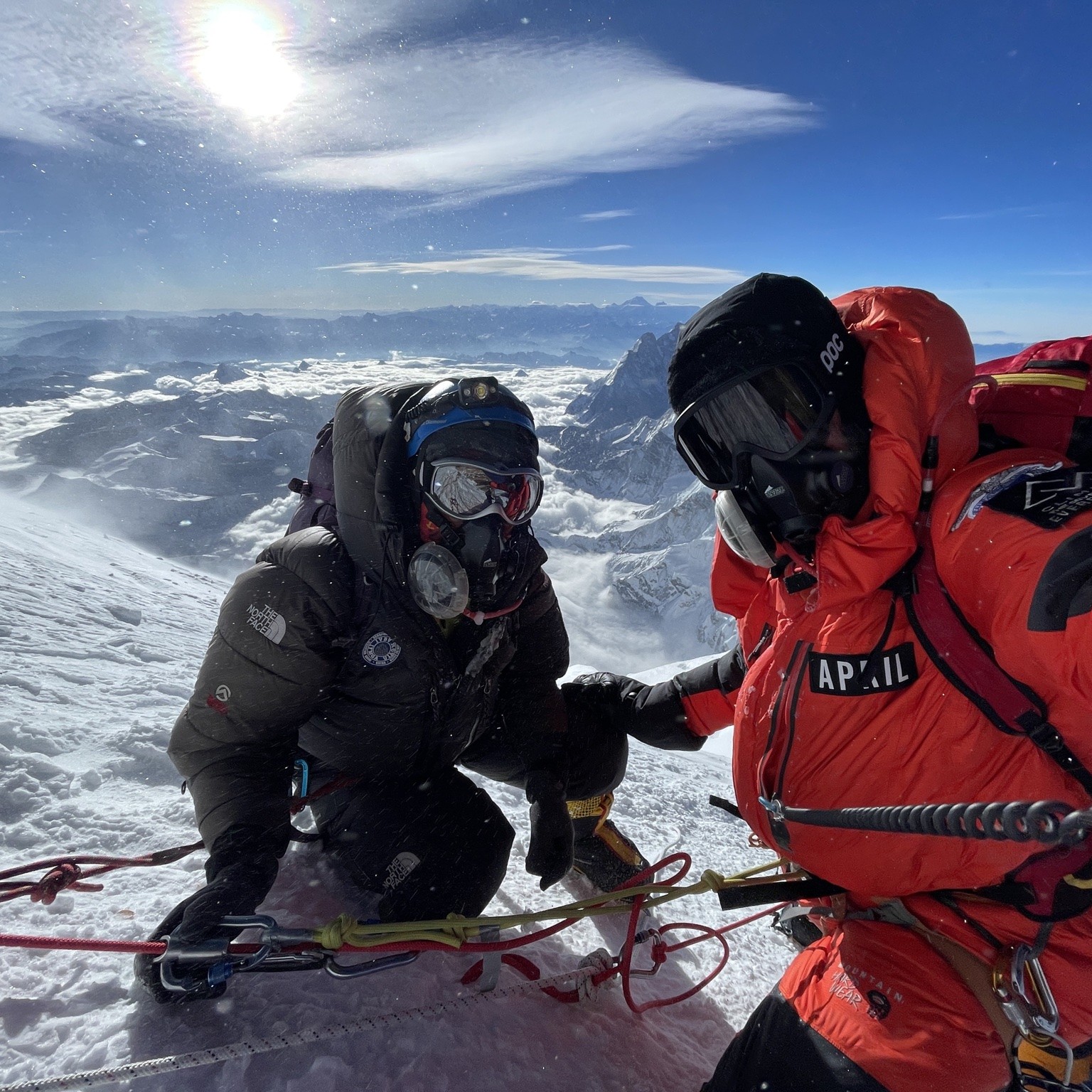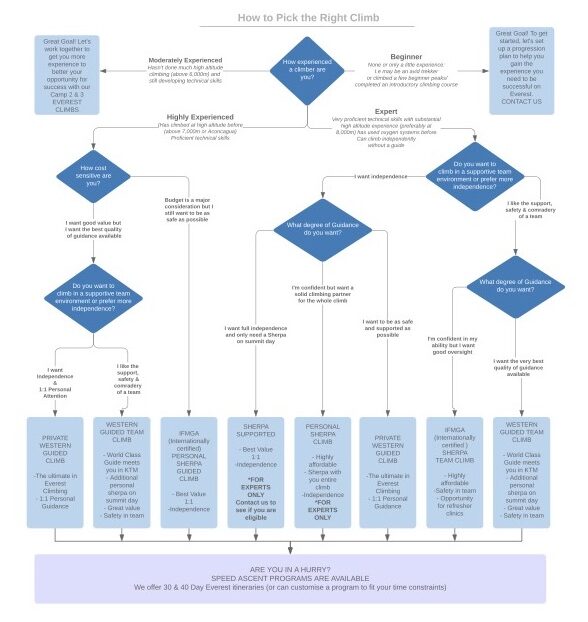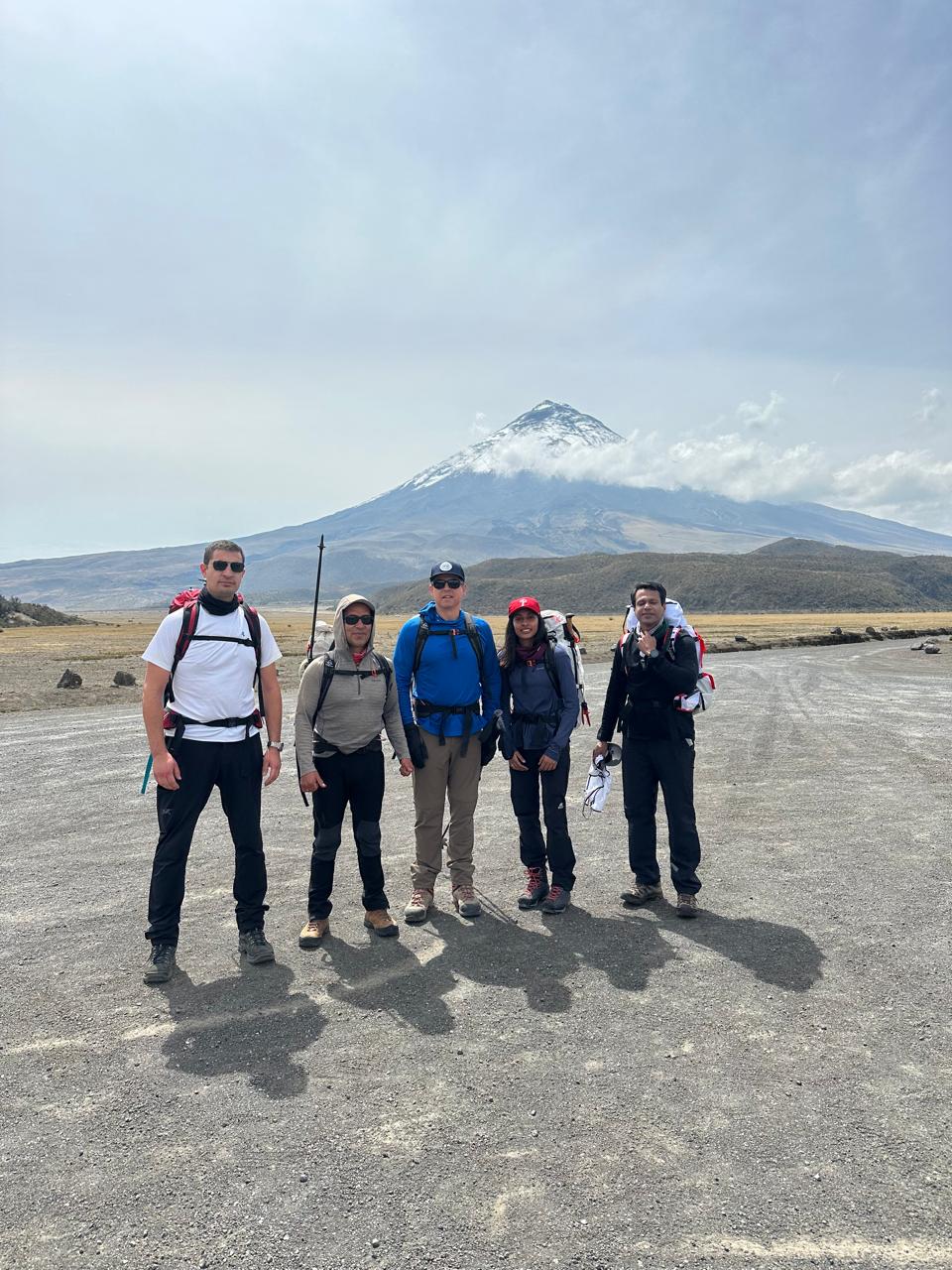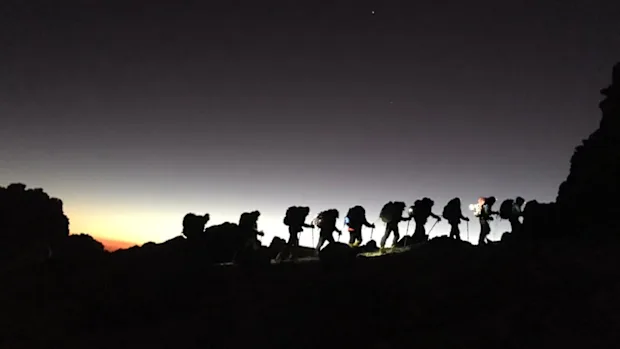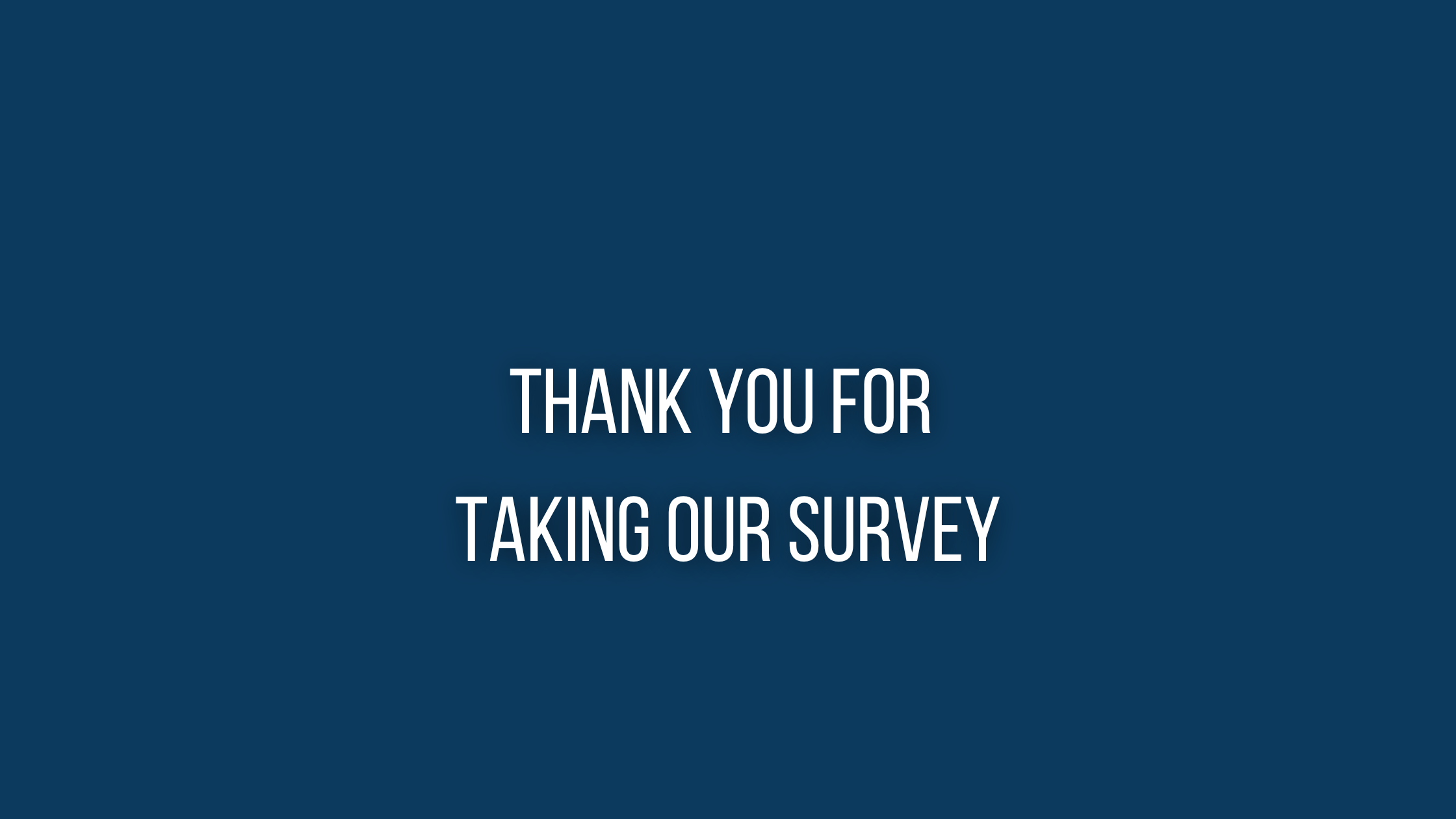Summits and Celebrations in Ecuador
Our Ecuador climbing season is going strong with a new team in the field. While they're busy climbing, we wanted to share a quick look back at a few of the summits we've already celebrated this year on Cotopaxi and Cayambe.
If you've been eyeing our Ecuador Volcanoes program, you're in good company. This expedition is one of our personal favorites and it's also well loved by all of you! But here's the best part: during our 11-day itinerary, you get to climb not one but two high-altitude gems and experience world-class climbing and hospitality at its finest, which means you get some serious bang for your buck.
Thank you to CTSS Guide Edgar P. for sharing these shots with us.
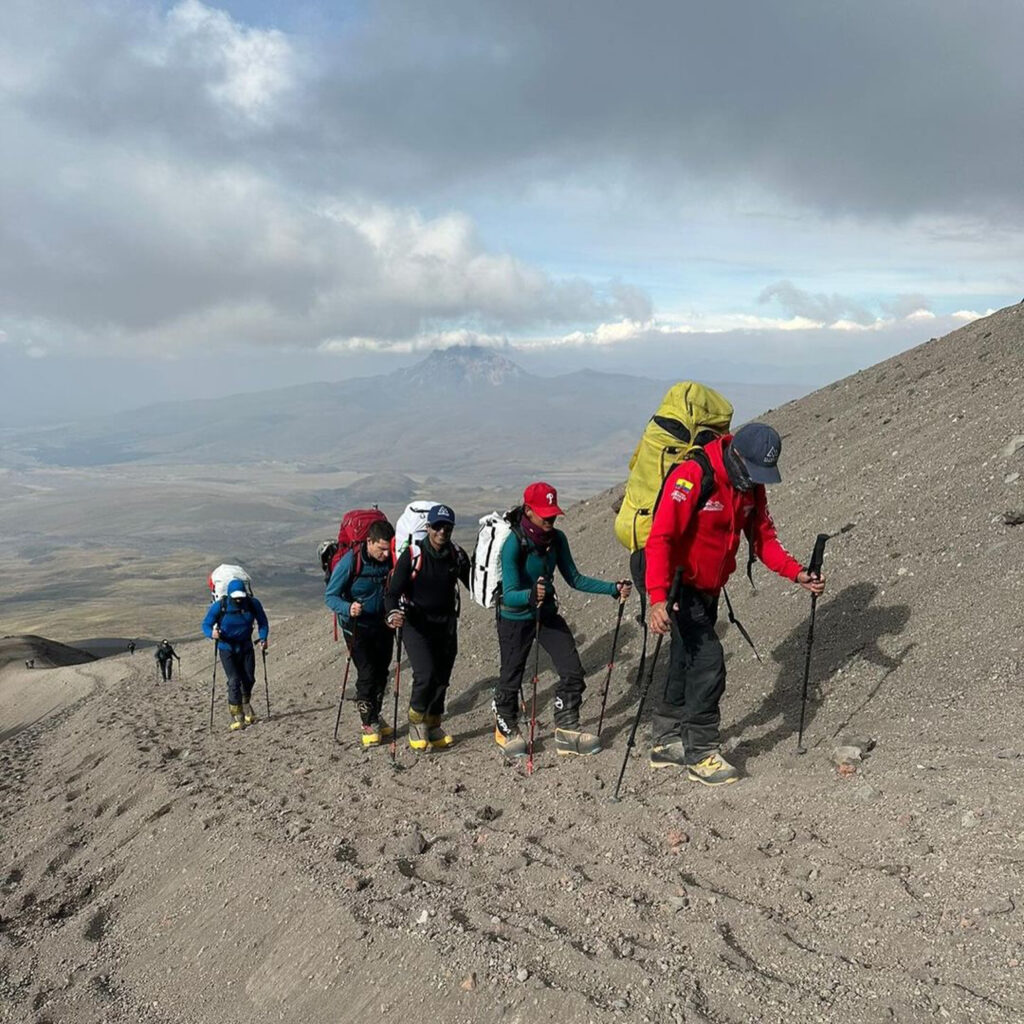
Going up! This wildly popular expedition tackles two high-altitude gems, Cayambe (18,996 feet) and Cotopaxi (19,347 feet)
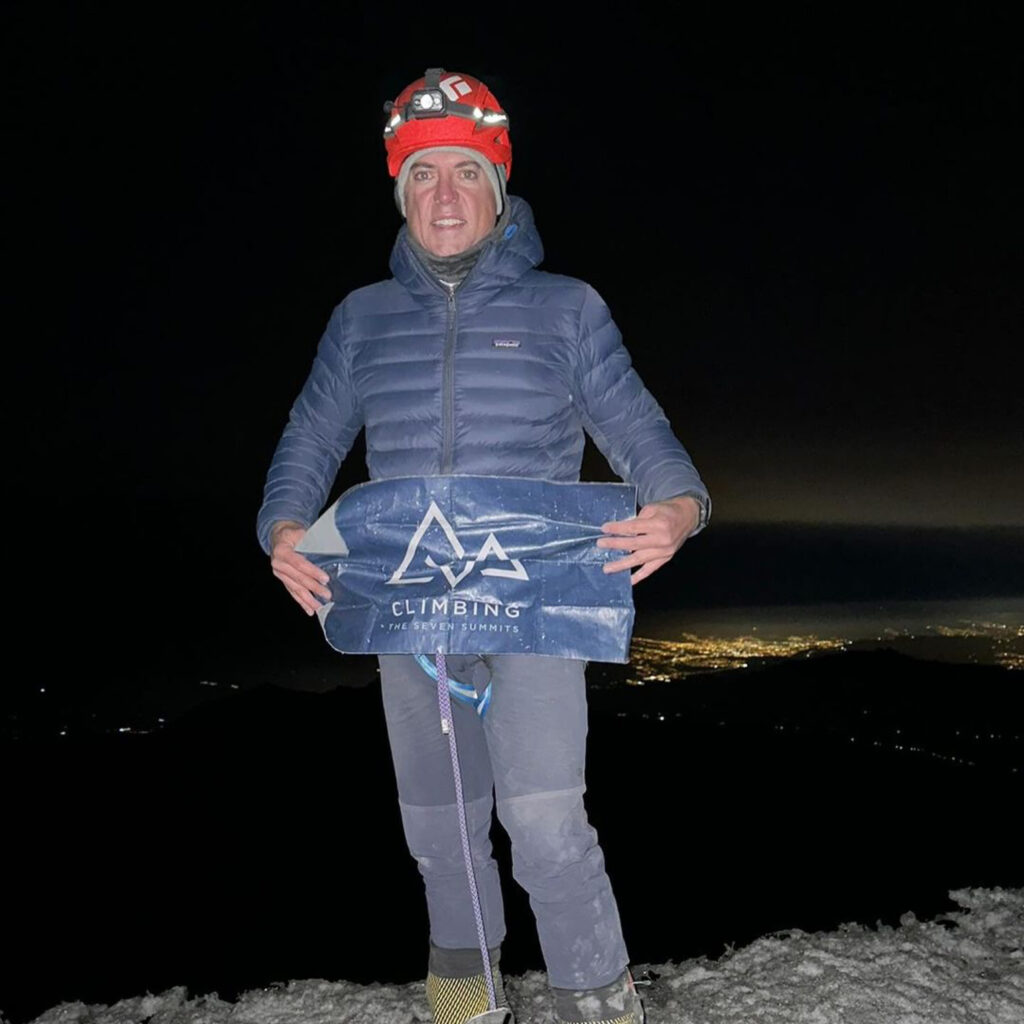
On top! Kudos to all of our CTSS climbers.
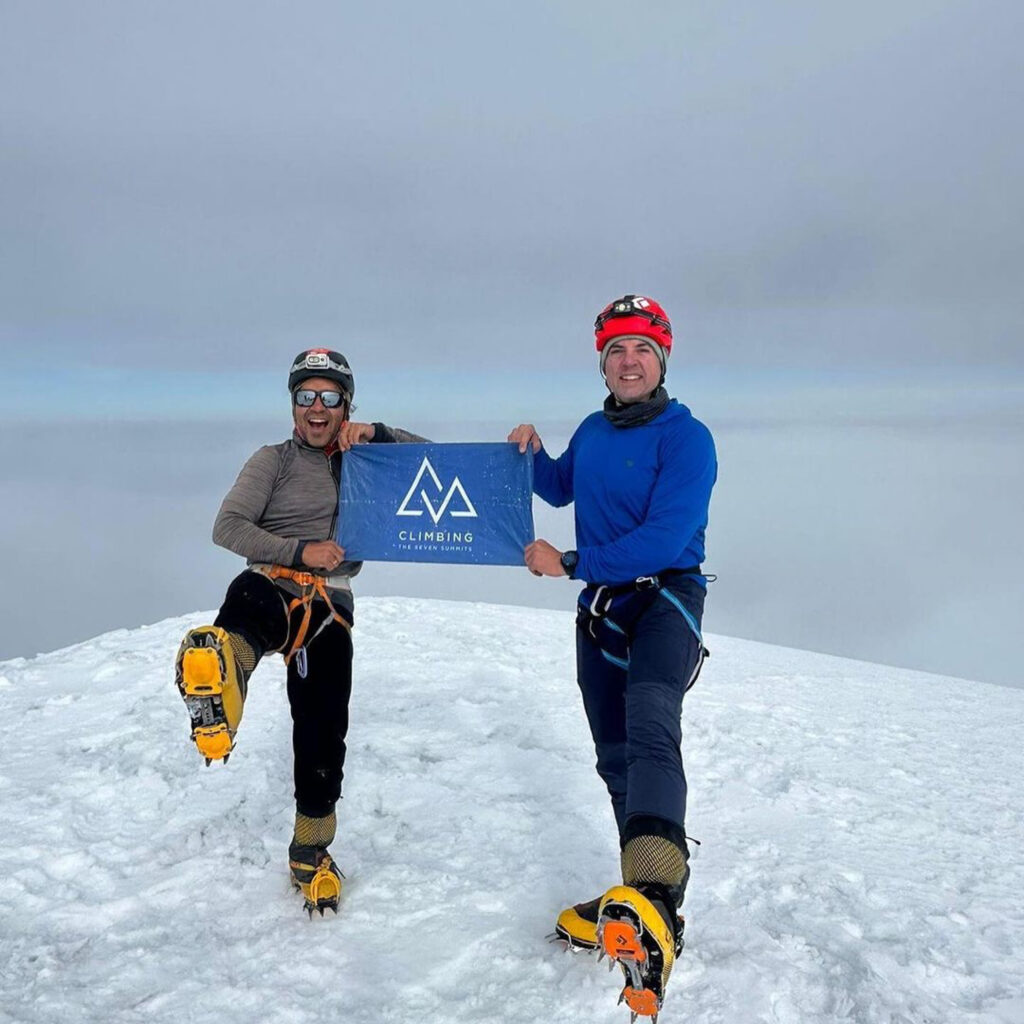
There is always time for a little dance on the summit! Thank you, Edgar, for your guidance, leadership, and energy.
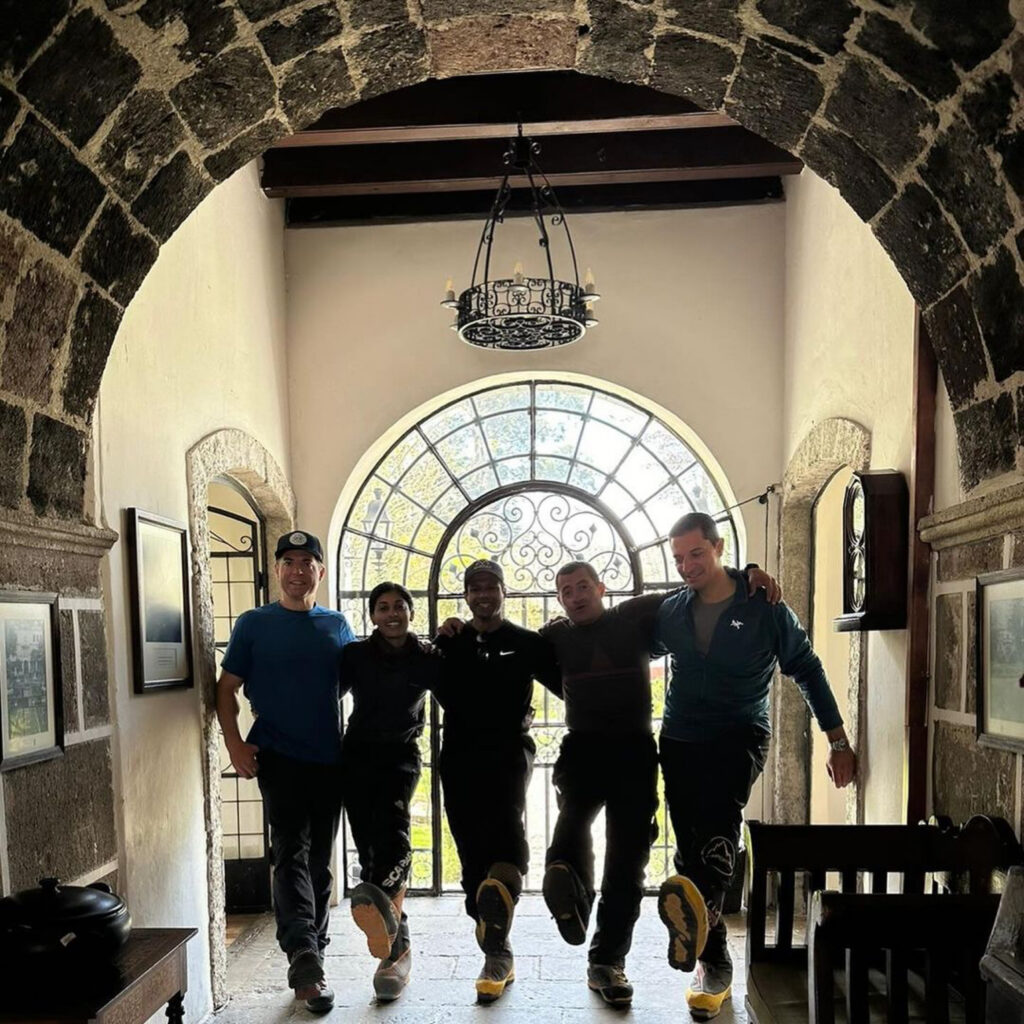
They're still dancing, even after the summit! Now it's time for hot springs and relaxation.
Our Inaugural First Ascent in the Himalayas
Our First Ascent team members are safely back in Kathmandu and on their way home. They had a great time exploring some extremely remote and hidden ranges in western Nepal and were able to tag two first ascents despite deep snow and weather hindering their main objective. One of our climbers reflected on their experience and shared...
"We got two of the three first ascents on this trip! I wanted to tell you that this expedition has been amazing! The team you put together and the team that Tendi led was outstanding - couldn't have asked for anything more! For me, the best part about this entire expedition was being by ourselves! We were obviously some of the first Westerners in this area, and not having other teams around was absolutely astounding. Tendi is a master and led a superb team - thank you so much for putting this together... you guys run a first-class operation! Thanks again, Mike, for your dedication and philosophy of pure climbing - you and your CTSS team really are keeping our sport pure!" - Matt D.
If you want to join the ranks of First Ascenders to tackle a brand new, top-secret peak in 2025, click here to learn how you can join this exclusive team. Space is limited, so send us an inquiry today to express your interest.
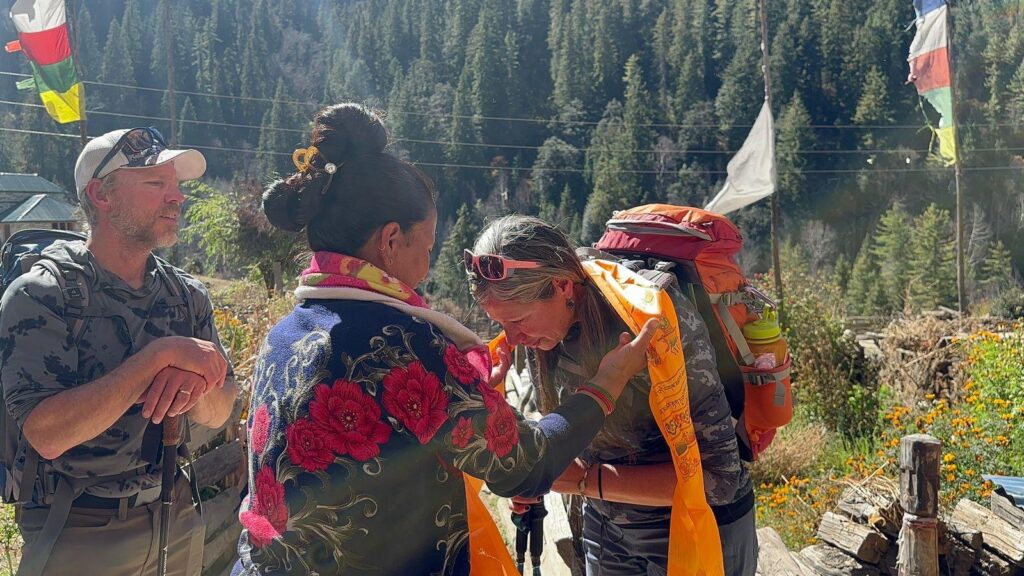
The people of Nepal are incredibly gracious and kind to all of our climbers.
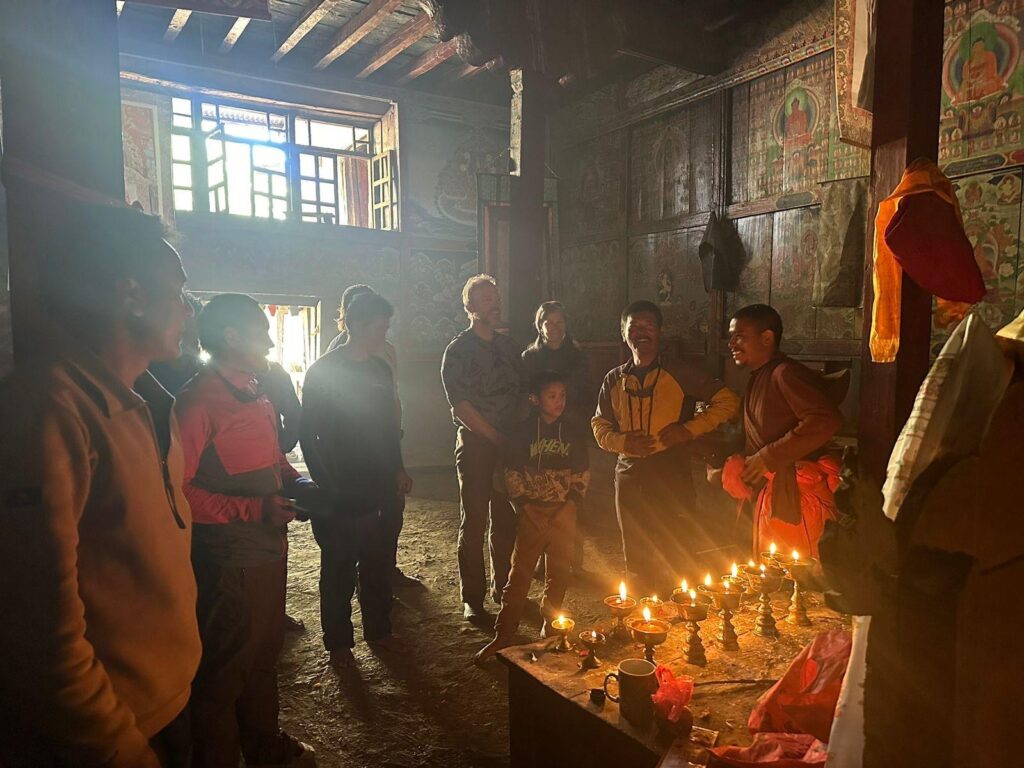
A Puja ceremony for our First Ascent team.
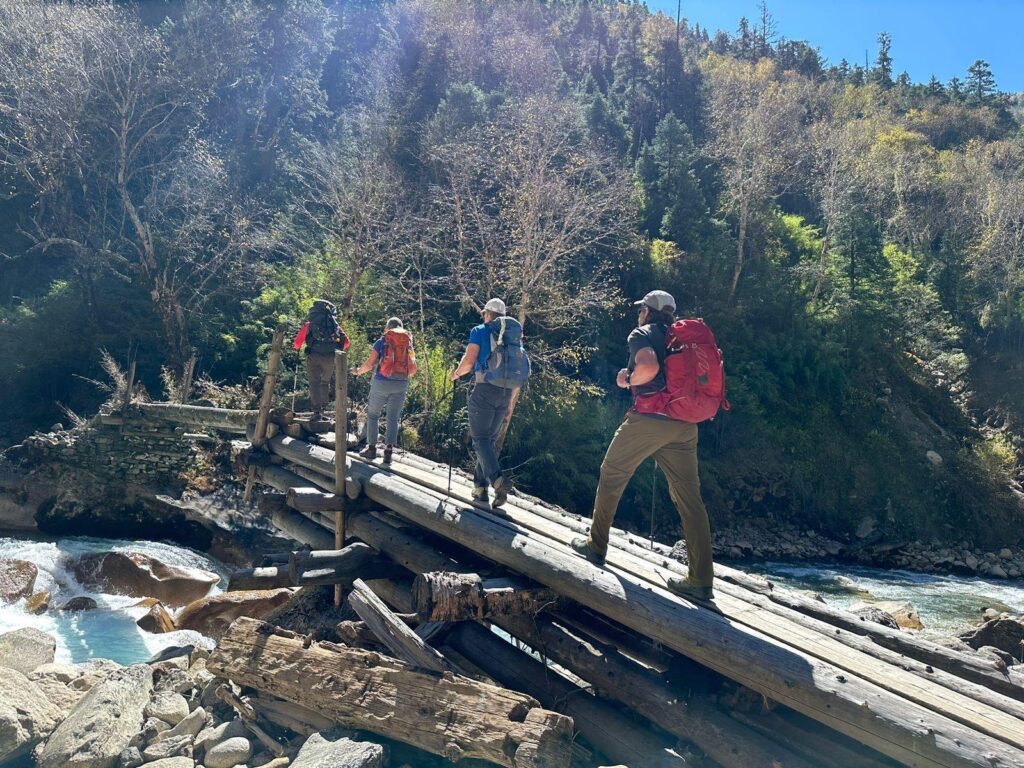
Let the adventure begin! Being on a First Ascent team means getting off the beaten path into the remote parts of Nepal.
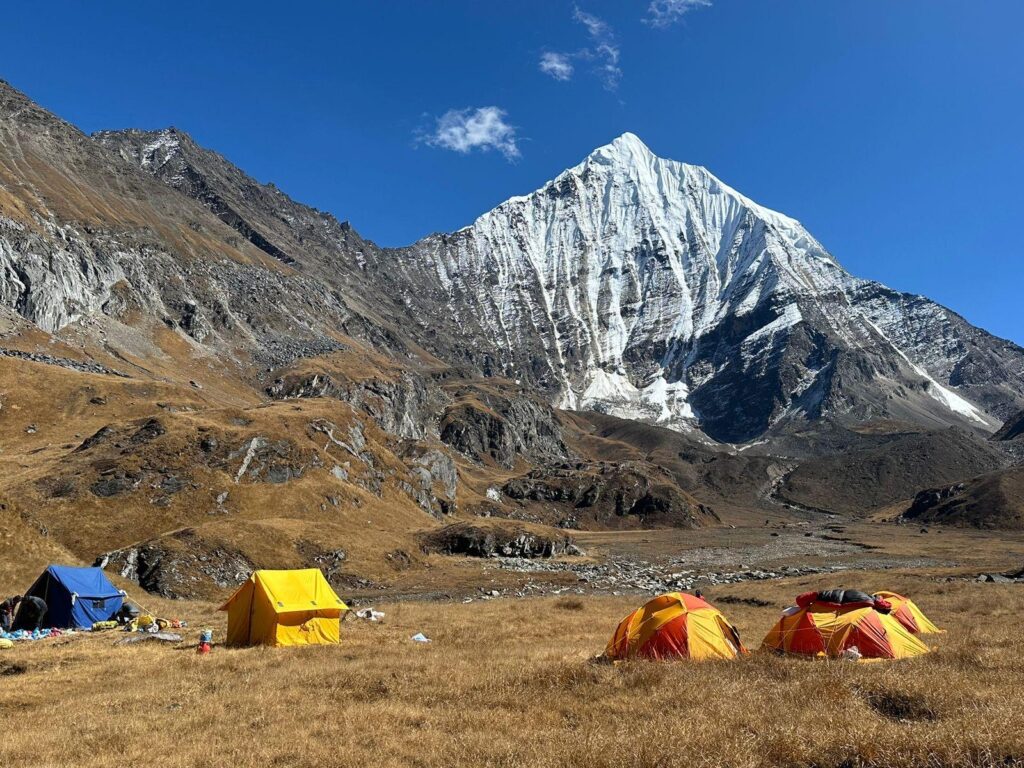
We ensure all our trips employ our Marginal Gains Philosophy, including our First Ascent program!
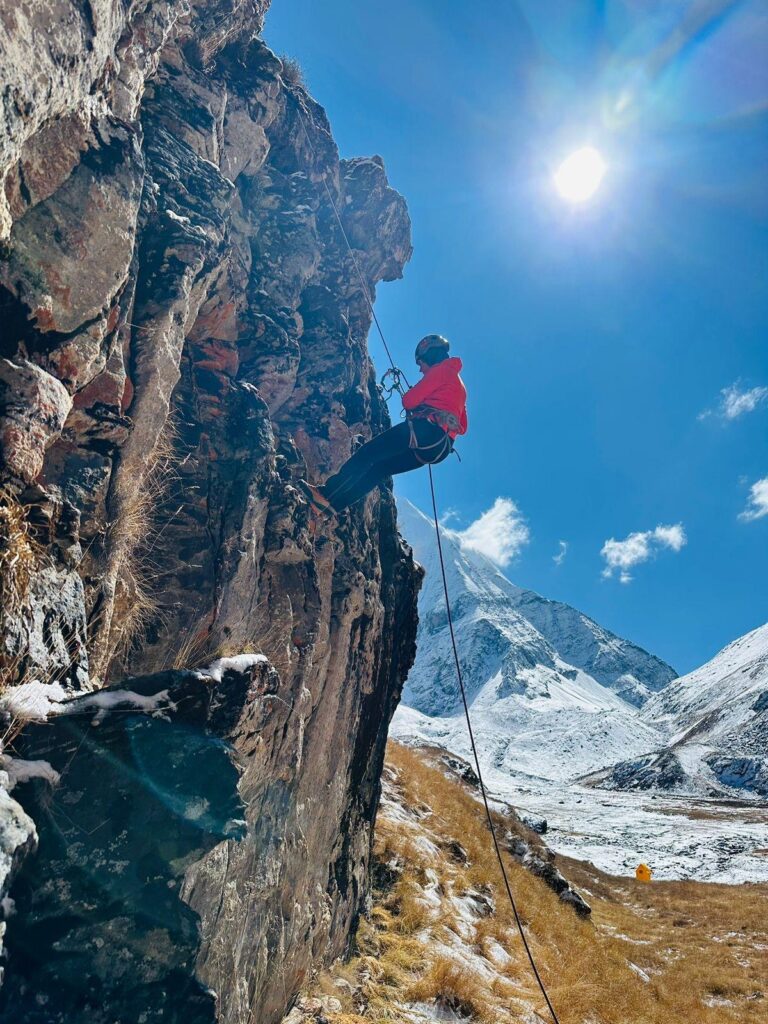
Training in the Himalayas for future objectives and ascents.

That's one for the history books! Congrats to our inaugural First Ascent team!
The Himalayas: Expeditions for Every Kind of Adventurer
The Himalayas: Expeditions for Every Kind of Adventurer
When people think of Himalayan climbing, they often picture the towering heights of Mount Everest, but the Himalayas offer a world of opportunities, from base camp treks and approachable intermediate peaks to the otherworldly giants like Ama Dablam, Manaslu, and Lhotse that can build your confidence, community, and climbing skills throughout your mountaineering journey. Whether you’re aiming to one day stand atop Everest or simply want to experience the beauty and culture of Nepal, there’s a perfect CTSS adventure for you in the Himalayas.
Get to Know the Himalayas through Treks and Advanced-Beginner Expeditions
If you’re new to the world of Himalayan climbing, a trek is a perfect way to dip your toes in without the full commitment of an expedition. Our Everest Base Camp Trek & Stay is not just a legendary adventure; it also offers incredible exposure to the high-altitude environment with unique opportunities to witness Himalayan climbing at its finest as you trek alongside our summit teams. Along the way, you’ll experience the breathtaking beauty of the Khumbu Valley, learn about Sherpa culture, and get a feel for high-altitude life. And don’t forget that we also offer our Rugged Luxury Everest Base Camp Trek & Stay in our famous, for which we’ve pulled out all the stops to ensure you can experience a dash of refinement in extremely remote places.
If you want to learn more about our Rugged Luxury Everest Base Camp Trek & Stay, join us in December for our live webinar with CTSS co-owner Caroline Pemberton. Click here to register.
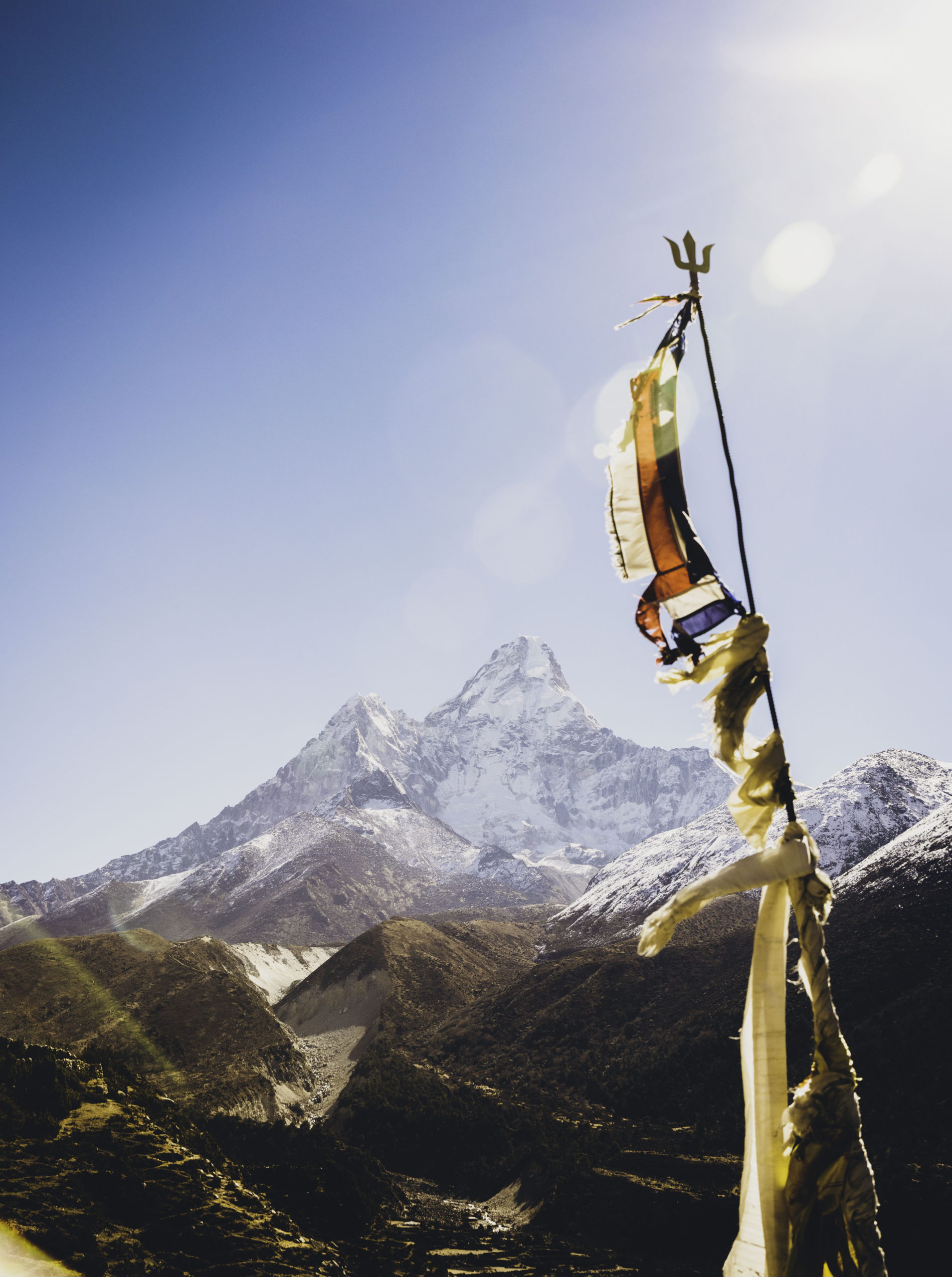
For those eyeing bigger mountains down the line, maximize your time in Nepal with an advanced beginner summit climb like Lobuche East (6,119m). Our Lobuche climbers still have the opportunity to trek to and stay at Everest Base Camp while also honing your basic mountaineering skills like crampon use, ice axe techniques, and glacier navigation. The climbing consists of moderately steep snow and rock fixed line climbing, making it best for those with basic mountaineer skills and looking to attempt their first Himalayan climb. Once you reach the summit, you’ll know this is the first of many rewarding experiences in the Himalayas.
For an introduction to mountaineering skills that will jump-start your climbing career, check out our Alpine Academy programs.
Step Up Your Skills on an Intermediate Peak
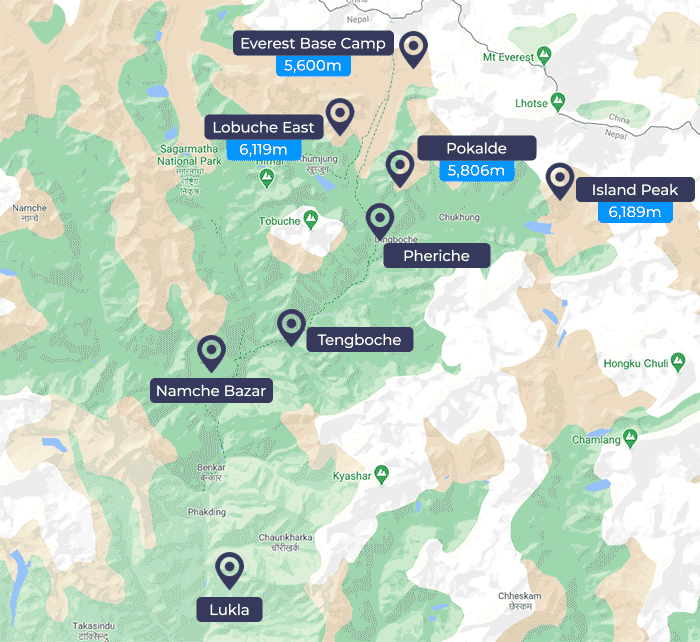
For climbers ready to advance, intermediate Himalayan peaks offer the perfect balance of adventure and skill-building. Our signature 3 Peaks expedition (Lobuche, Pokalde, and Island Peak) builds upon the standalone Lobuche itinerary to provide the challenge of steeper terrain, basic rope skills, and exposure to changing weather conditions. These climbs are designed to help you develop your comfort with altitude and technical skills—perfect for those with some climbing experience who want to deepen their connection with the Himalayas.
For those looking for a standalone objective, our First Ascent program is designed for adventure seekers hoping to climb a peak that no one has ever summited before, putting yourself well and truly in the history books. Here, you can solidify your mountaineering skills—such as dealing with altitude, building up stamina for extended expeditions, and refining your technical capabilities. In addition, you will be able to truly experience Nepal’s rugged terrain as these trips are typically more remote and do not utilize the more established infrastructure that you find along the Everest Base Camp Trek.
We can help you choose an intermediate climb that suits your abilities, strengths, and goals.
Tackle an Advanced Peak by Climbing a Himalayan Giant
These peaks offer the ultimate Himalayan experience, blending high-altitude conditions with technical sections that push your skills and endurance. Some of the top choices for advanced Himalayan climbs include Manaslu (8,163m), Ama Dablam (6,812m)—though under 8,000m, often regarded as one of the most technically demanding climbs in the region—Cho Oyu (8,188m), and Lhotse (8,516m).
If you’re looking for a dress rehearsal for a bigger objective, like Everest, summiting an 8,000m peak like Manaslu, Cho Oyu, or Lhotse will be a rewarding experience that will prepare you before you commit to spending the amount of time and money required for Everest. You’ll be climbing in the same style, dealing with similar conditions, and pushing your body to the limits—all essential skills for Everest. Don’t miss an opportunity to test yourself beforehand so you have confidence and experience for the monumental task ahead. And remember, the Nepalese government requires all climbers to have at least one climb above 7,000 meters under their belt before they can attempt an Everest summit!
However, for many climbers, a peak like Ama Dablam or Manaslu is their ultimate goal and an incredible objective in its own right. Whatever you’re aiming towards, there is no doubt that we will have an advanced climb that will help you progress or celebrate your successes in the Himalayas.
The Roof of the World: Mount Everest
At the top of many climbers’ bucket lists is the world’s highest peak, Everest (8,848m). We are proud to be the gold standard in Everest expeditions because of our safety and success rate, expert leadership, Marginal Gains Philosophy, overall value, and unique customization options. As mountaineers ourselves, we know that not every climber is the same, which is why we do not use a one-size-fits-all approach. We believe an expedition should match your experience, climbing style, and budget.
Here is an overview of the customizations we offer on Everest:
- Western Guide: Private 1:1 Climb – Personal guidance and attention, the ultimate experience.
- Western Guide: Team Climb – Connection and community with team starting in Kathmandu.
- IFMGA Sherpa Guide: Private 1:1 Climb – Best value for a private climb with independence.
- IFMGA Sherpa Guide: Team Climb – Connection and community with team, great value
- Sherpa Guide: 1:1 Private Climb – Experts who are looking for the best value and a private guide.
- Sherpa Supported: 1:1 Summit Support – Experts who only need support on summit day.
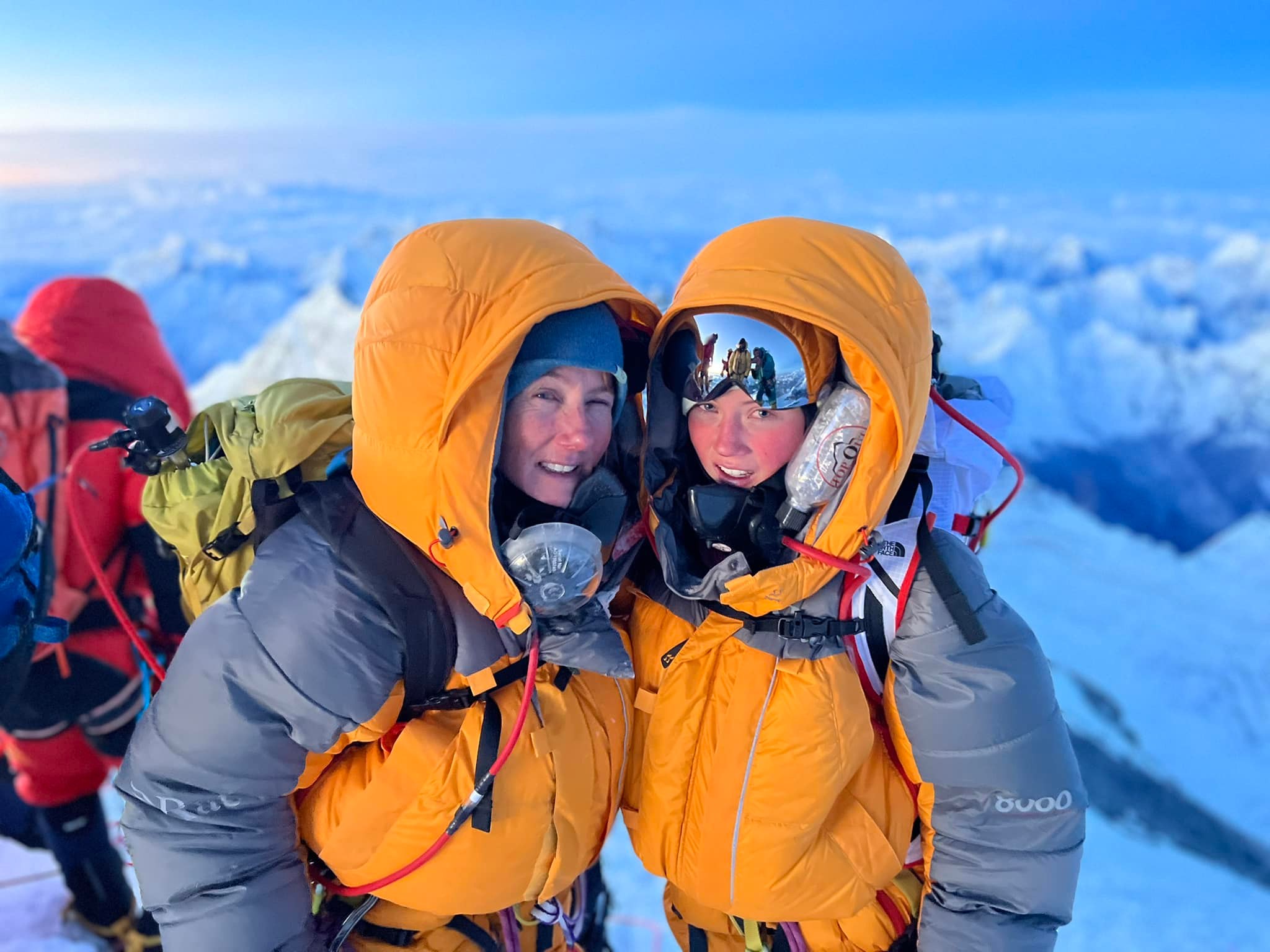
You can dive into what climb is best for you with our easy-to-use flow chart, which can help identify what expedition is the best fit for you.
Perhaps you want to experience Everest beyond base camp but aren’t quite ready to make a summit bid. Partial Everest climbs to Camp 2 and Camp 3 offer unparalleled access to the realities of climbing Everest. A climb to Camp 2 is an excellent progression step in your climbing career, and the thrill of climbing in the renowned Khumbu Icefall and through the breathtaking Western CWM will stay with you for life. Our Camp 3 climbers are offered the opportunity to use oxygen while climbing on the Lhotse Face to become familiar with the systems and gain that invaluable skill set for the future.
Tiger of the Snows Fund
At Climbing the Seven Summits, Himalayan climbing isn’t just about summiting peaks,it’s about connecting deeply with the culture, the people, and the stunning landscapes of Nepal. While we explore these sacred mountains, we are also committed to giving back to the local communities that make these experiences possible. Through the Tiger of the Snows Fund, we aim to empower the people who work tirelessly behind the scenes of the outdoor tourism industry—guides, porters, and their families—by providing access to education and essential resources.
Recently, we provided a grant to support Mrs. Yangdi Sherpa, a mother of three daughters who has faced significant hardship after losing her husband, Nima Tenji Sherpa, in 2021 while he was working on Everest with another operator. This grant enables her daughters to continue their education near their home in Lukla, a critical piece of support as Mrs. Yangdi works to provide for her family on her own. This is just one example of how our grants help promote community development and opportunities for local families facing adversity.
Whether it’s through sponsoring a worker’s continuing education or supporting a child’s school tuition, we believe that helping local communities thrive is as important as any summit. Together, we can foster a more sustainable and equitable future for Nepal, where the benefits of tourism are shared by all.
Ready to Learn More? Check Out CTSS’ Everest Experience on YouTube
Cotopaxi and Cayambe for Team CTSS
Our November Ecuador Volcanoes expedition is well underway! After gathering in Quito for a city tour and a visit to the equator, the team enjoyed a welcome dinner before heading to the mountains. From there, they set out for the beautiful Rumiñahui, one of the first acclimatization hikes of the trip. Followed by training and summit bids on Cotopaxi and Cayambe. The weather has been absolutely perfect, with clear skies and sunshine, which are ideal conditions for learning and practicing their skills on the glacier.
Stay tuned for more updates, and check out these photos for a glimpse of our journey so far.
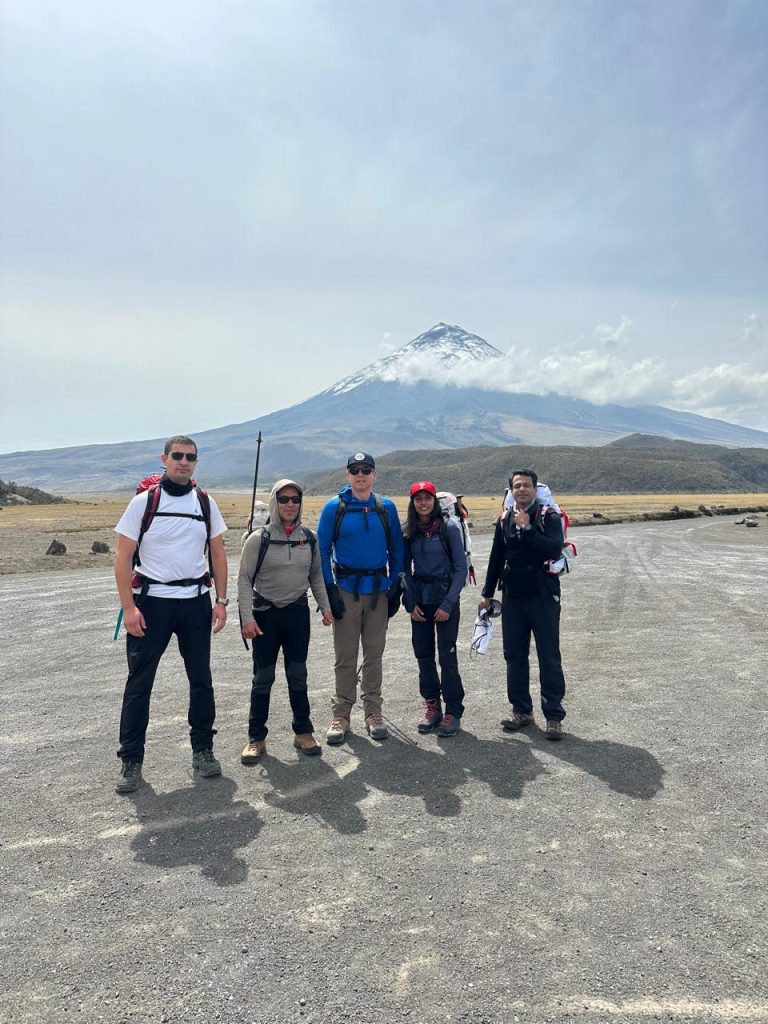

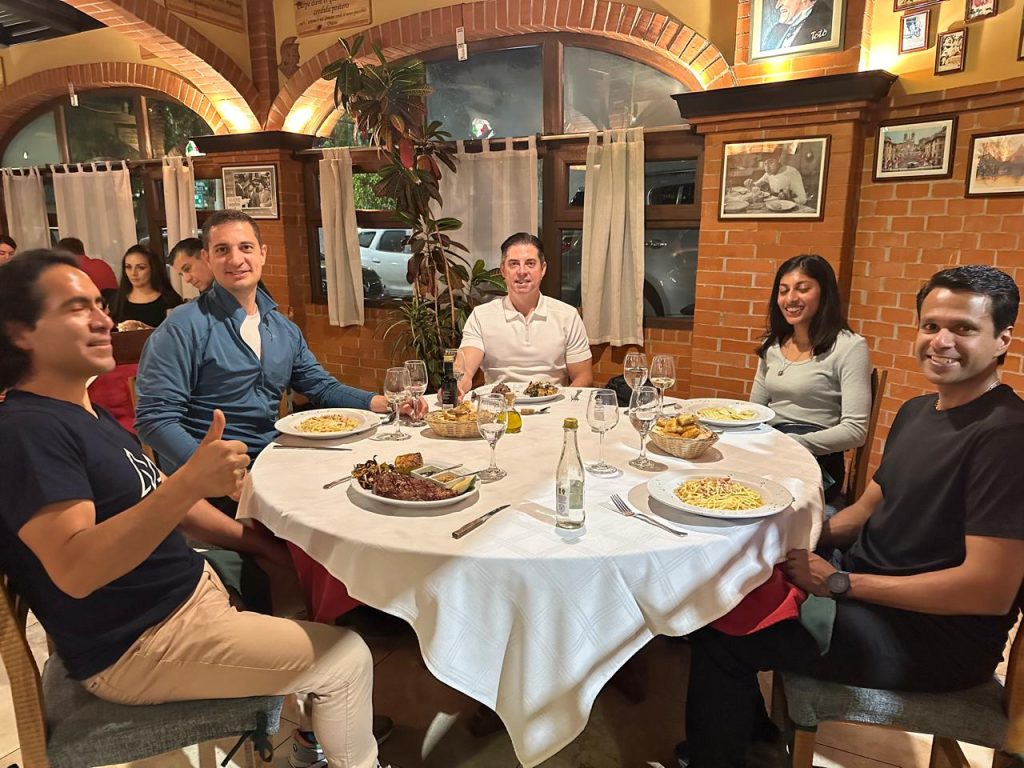
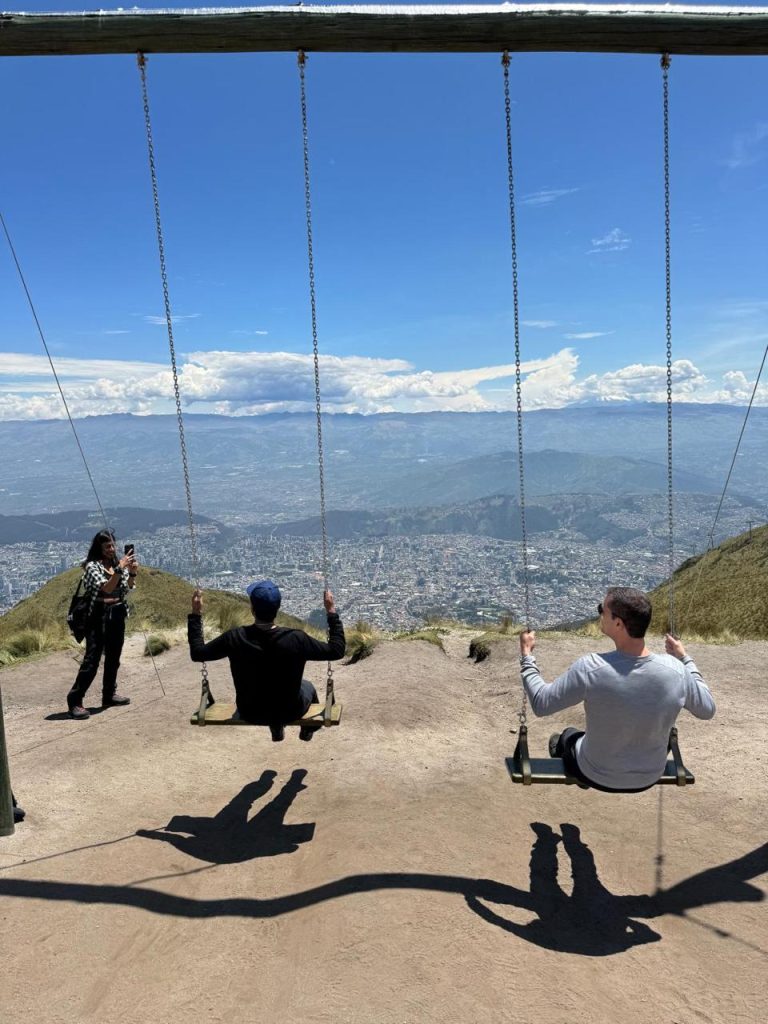
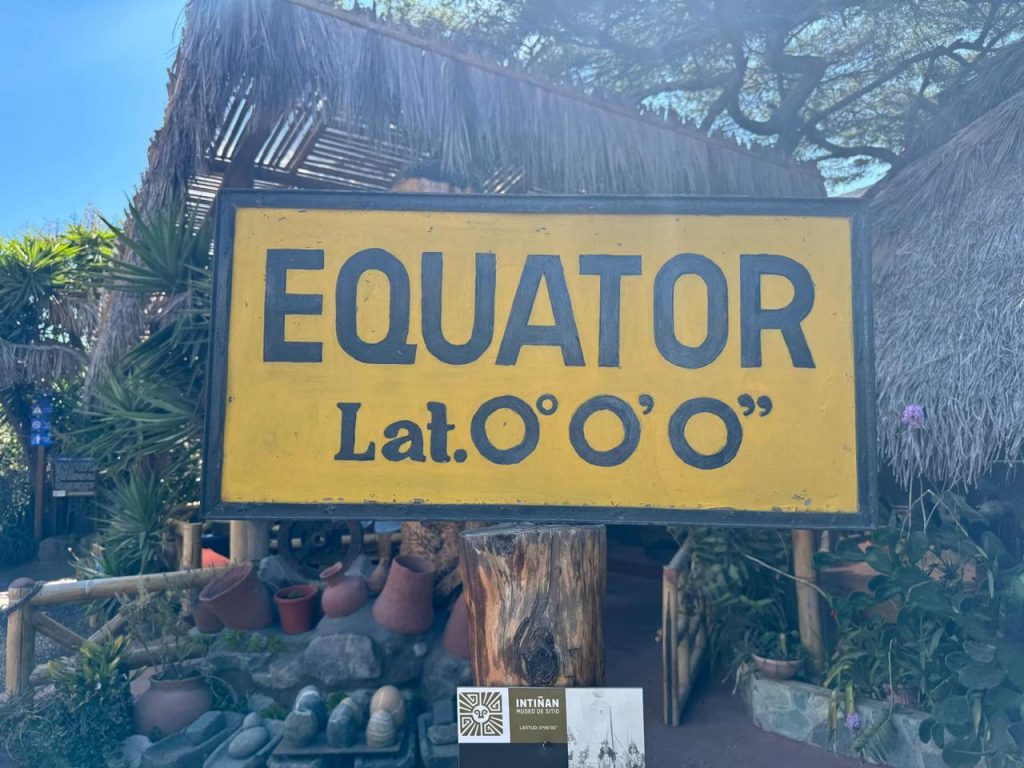
Barriers to Entry Survey Thank You
Mountaineering is a world of adventure, but starting a new sport or committing to the next expedition can feel challenging for many. From balancing family or work obligations to managing financial and logistical barriers, each climber faces unique factors that might keep them from their next big goal. Whether it’s finding the right time, managing the costs, or feeling unsure about where you’ll fit in, we want to know what’s holding you back. Help us understand your biggest barriers so we can work to make mountaineering more accessible for everyone.
Please share any additional factors stopping you from starting or signing up for your next expedition.
Webinar Survey Thank You
Do you have a great idea for a mountaineering-related webinar? Share your idea below!

